The Art of the Australian Fairy
Published by Daisy on
Introduction
In this article I’d like to introduce you to a collection of literary magical fairy beings of the sort that typically feature prominently in pan-European fairy tales but here are living in the Australian bush. I will cover Australian Aboriginal dreamtime stories in a separate article since they are tales of a very different historical and cultural nature.
The video above shows many of the books in person, and you can also click on the images in the galleries below to embiggen them if you are so inclined.
Video Review
Illustrators
Please note that some of the links below are affiliate links for which I may be compensated (this does not affect my reviews nor cost you any money, but helps support my site hosting costs). I deeply appreciate your support of my site if you use these links, but warmly encourage you to buy from your local Indie bookshop if you have the opportunity.
Ida Rentoul Outhwaite - Fairyland
At the beginning of the 20th century, the brilliant young fairy artist Ida Rentoul Outhwaite began to bring fairies to life for Australian children by writing and illustrating many small booklets and articles with her sister Annie starting in 1903 when she was only 15. Two of her most successful works were deluxe editions titled “Elves and Fairies” and “Fairyland” that featured dainty sprites and beautiful fairies in Australian settings and delicate water-colour plates. Tragically, both of her sons died in action in World War II, and she did not publish again after the war ended, saying that “the war stopped the taste for fairies – in parents anyhow – and the fairies fled, appalled at the bomb”.
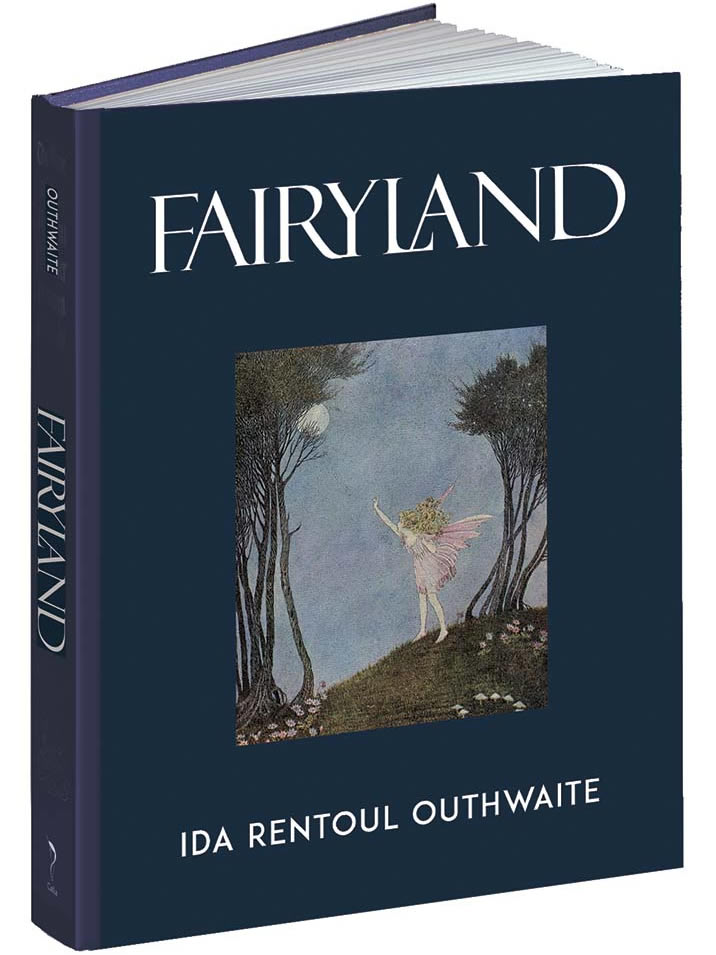
This Calla reproduction of the original 1929 edition Fairyland that you can see here, features her whimsical illustrations of fairies, witches, pixies and other creatures of folklore frolicking in the Australian bush with native animals. It is accompanied by verses written by her sister Annie Rentoul, and her husband Genbry Outhwaite. It’s a beautiful reproduction, with a sewn binding and cloth covers as well as nineteen colour plates. I highly recommend it. Her other books are sadly out of print, but it’s worth tracking down some copies if you love her illustrations, as I do.
Ida’s Magnum Opus “Elves and Fairies” was in fact one of the first fine art books to be published in Australia in 1916, and this limited edition goes for thousands of dollars today. However, you can usually find second hand copies of various small reproductions quite cheaply, like the “Little World of Elves & Fairies”.
➤ Find Calla Editions Fairyland at Amazon
➤ Look for a copy of the Deluxe 1st Edition Fairyland at Abes (OOP)
➤ Look for a copy of the Deluxe 1st Edition Elves and Fairies at Abes (OOP)
➤ Look for some cheap vintage copies of various Ida Rentoul Outhwaite illustrated books at Abes
May Gibbs - Snugglepot & Cuddlepie
May Gibbs is one of Australia’s most treasured illustrators, with her bush fantasy world creating a uniquely Australian folklore that has captured the imagination of Australian’s for over a century. May was born in England in 1877, but emigrated to Australia at the age of four. She was a botanical illustrator from a young age but the idea for her now iconic Gumnut Babies did not come to her until she was in her late 40s, with their first appearance peeping out from a headpiece for a serial by Ethel Turner that she illustrated for the Sydney Mail. May contributed to the first world war effort by creating postcards featuring gumnut characters and Australian animals to be sent by families and in Red Cross parcels to the diggers across the world, which helped her build a foundation of supporters.
Gum-Nut Babies was published in 1916, followed shortly after by Gum-Blossom Babies, Boronia Babies, Flannel Flower and Other Bush Babies, and Wattle Babies in the following year. In 1918, the bush babies became firmly established as part of Australian folklore with the publication of the Tales of Snugglepot and Cuddlepie, the adventures of two gumnut brothers, which has never been out of print to this day. Most Australian children will have nostalgic memories of the adventures of the bush babies, and no-one seems to forget how creepy the villainous Big Bad Banksia Men were – these villains of the tales are hairy, knobbly, many-eyed creatures based on aged Banksia cones.
To mark its centenary, Harper Collins released a stunning slip-cased 100th anniversary edition of The Complete Adventures of Snugglepot and Cuddlepie in 2018. This edition includes The Tales of Snugglepot and Cuddlepie along with its two sequels, Little Ragged Blossom and Little Obelia.
May’s original artwork was sourced and re-scanned for this edition, resulting in illustrations that are much more bright and colourful than I had in my older reprints, and I also really like the new design which features several enticing double page title spreads. It has a strong sewn binding and a ribbon bookmark, and also comes with a lovely print that can be framed. This edition also includes an interesting biography of the author and artist at the end of the book.
On her death, May generously left the copyright of all her works jointly to two charities to benefit children with disabilities.
➤ Look for Snugglepot and Cuddlepie 100th anniversary (OOP) at Abesor find a new edition at Amazon
➤ Publisher’s Page (HarperCollins): https://www.harpercollins.com.au/9781460756218/the-complete-adventures-of-snugglepot-and-cuddlepie-100th-anniversary-edition/
➤ May Gibbs Official Page: https://www.maygibbs.org/
Hume Cook & Christian Yandell
Hume Cook was a former Victorian politician who sat down every Sunday night and made up stories to entertain his three children that included Australian fairies and elements of the local landscape. He eventually wrote them down for publication in at their behest in 1925, and his “Australian Fairy Tales” book features exquisite colour plates and black & white line drawings by young Melbourne artist Christian Yandell. Her fairy illustration work was definitely unusual at the time, with its classical, Art Deco influences featuring much a more adult fairy population, and their spirituality reflecting her interest in theosophy.
The book had very high production values for the time, and was marketed to the wealthier sections of the community. Having never been reprinted, this volume is now relatively scarce and not well known, although it remains a standard reference in most histories of Australian faery.
The story begins with Prince Waratah, son of King Eucalyptus of the Forest Fairies, travelling across Australia in search for a bride. Along the way he meets many other fairy groups and discovers a magic well around which he builds his palace. He falls in love with Princess Wattle Blossom, but she is kidnapped en route to the wedding by the Desert Fairies and must be rescued. These are very English fairies, who rule over their populace by divine right.
The final section of the book is an extended story in verse in which the Moon and stars come down to earth in human form in order to have a garden party with the fairies.
There was only one printing of this treasure, so grab it if you find it.
➤ OOP. Look for a copy of Australian Fairy Tales at Abes
Harold Gaze - Goblin's Glen
Harold Gaze was actually born in New Zealand, and finally settled in California, but he lived in Australia for a time during which he wrote and illustrated the story “Goblin’s Glen: Adventures in Fairyland”. This strange 1924 tale about a fern-filled fairyland features original creatures such as the Inklewink and the Inklewunk, a talking picnic hamper, and a snoring billycan
The entrance to the Goblin’s Glen is through a door in a Pan-tree which leads to the Kingdom of Trees and the Chewg-Um-Blewg-Um, a one-legged creature with a camel’s head on an emu’s body.
The book was reprinted in the 1970s if you are after a cheaper vintage copy.
➤ OOP. Look for a copy of Goblin’s Glen at Abes
Nuri Mass - Little Grammar People
The Little Grammar People is another strange little volume I’d like to share with you. Nuri was born in Melbourne but spent much of her childhood in Argentina. She published “Australian Wild-Flower Fairies” in 1937 which features botanical descriptions and drawing of various Australian wild flowers, along with a short story or poem about its associated fairy. Her “Little Grammar People” book is a children’s adventure story from 1947 that has fairy creatures standing in for various parts of speech under King Grammar, and is actually a pretty good way to learn grammar! The sweet and delicate illustrations are done by her mother, Celeste, who illustrated several children’s fairy books with her daughter.
A paperback reprint of this volume was recently released if you’re interested but you can’t track down the original.
➤ Find a reprint of Little Grammar People at Amazon
➤ OOP. Look for a first edition of Little Grammar People at Abes
Pixie O'Harris Fairy Book
Pixie O’Harris was a Welsh-born Australian author and artist who wrote and illustrated several Australian animal and fairy story collections. Her birth name was Rona Olive Harris, but Pixie was a nickname given to her when she was in her teens, and a printer’s error – adding an apostrophe after her middle initial O – created her eventual nom de plume. Her fairy line drawings are really quite delightful, and this anthology edition of the Pixie O’Harris Fairy Book contains poems and stories from her 1940 Story Book, 1950 Gift Book, and original Fairy Book from 1943, as well as the complete 1935 marine fantasy Pearl Pinkie and Sea Greenie: the story of two little rock sprites. This edition has the text printed in a muted purple colour, and also features illustrated endpapers, and a sewn binding with a ribbon bookmark. I also have a vintage copy of the Pixie O’Harris Gift Book, which actually has each different story printed in a different coloured ink.
➤ OOP. Look for the omnibus reprint of the Pixie O’Harris Fairy Book at Abes
➤ OOP. Look for a first edition Pixie O’Harris book at Abes
Australian Flower Fairies
I’d like to finish with a few contemporary volumes of Australian Flower Fairies, Down Under relatives to the better-known English cousins by Cecily May Barker.
This Birthday Book and its companion Address Book are put out by Leaves of Gold Press, and they feature verses by Margaret Thornton and Australian Flower Fairies illustrated by Elizabeth Alger.
➤ Find a copy of Australian Flower Fairies @ Amazon
Jan Wade is another well-known artist of Australian Flower and Bush Fairies.Her fairies are usually depicted with Australian animals, such as Sugarglider possums or native birds. The books are mostly out of print, but are not usually too expensive to source second hand.
➤ Find a copy of Jan Wade’s Fairy books
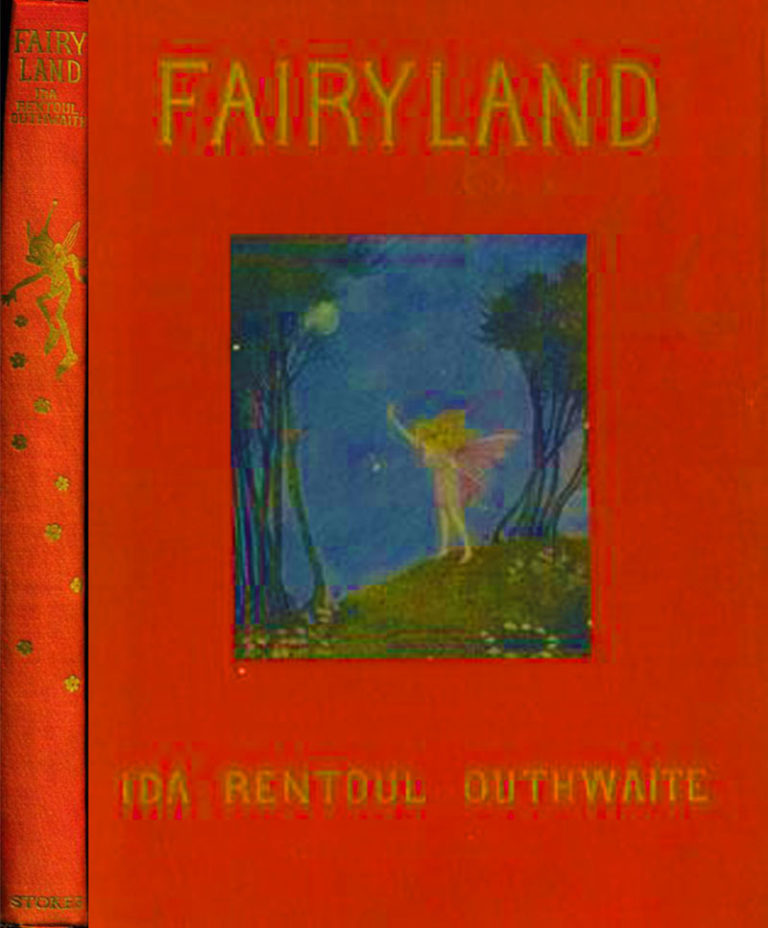



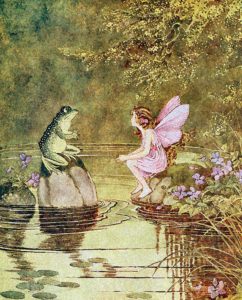


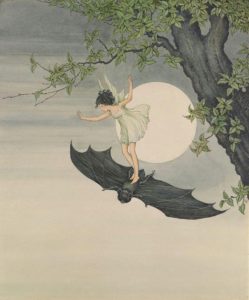

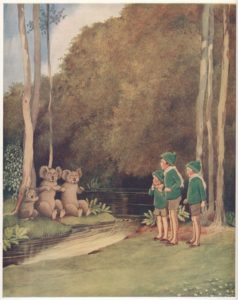
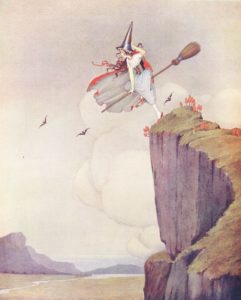
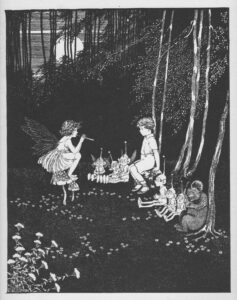

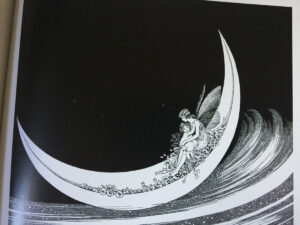

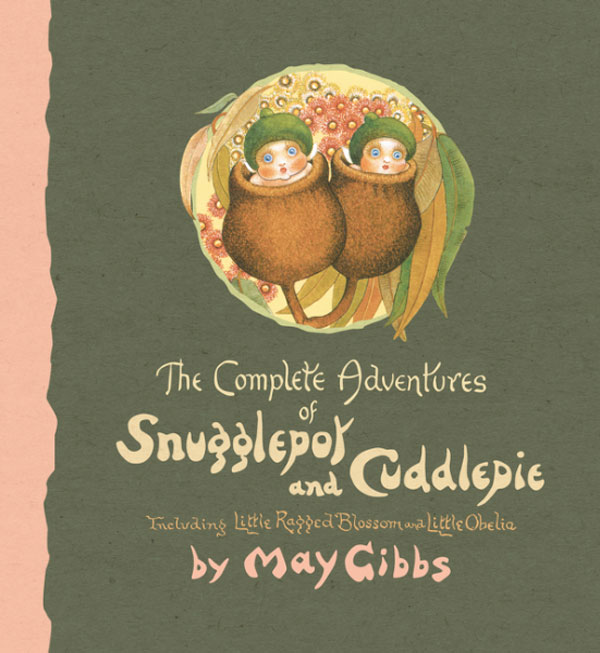

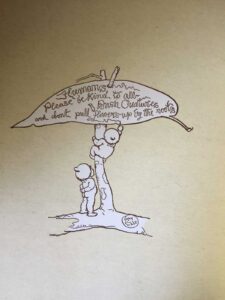

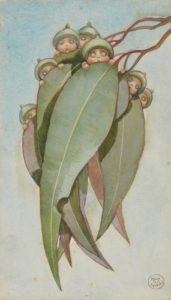
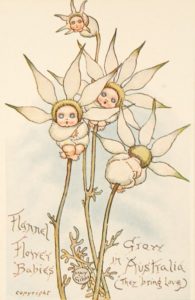

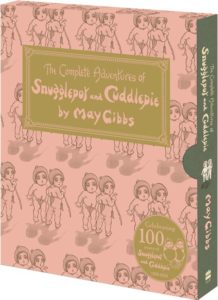
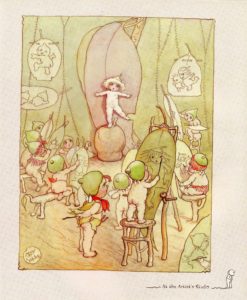

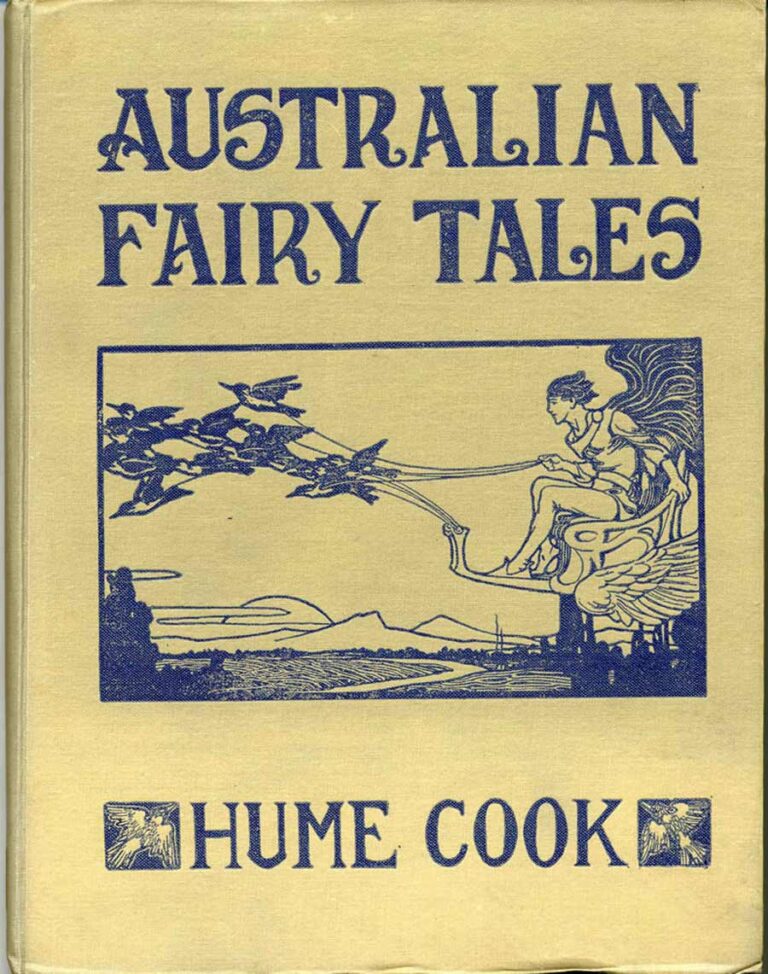
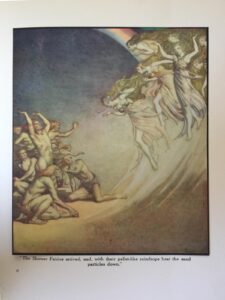

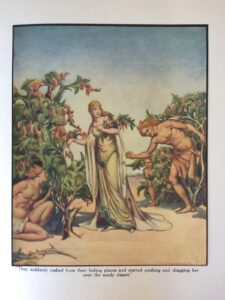
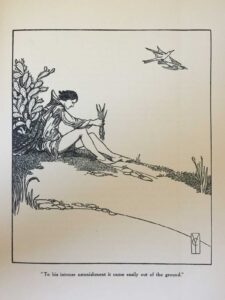
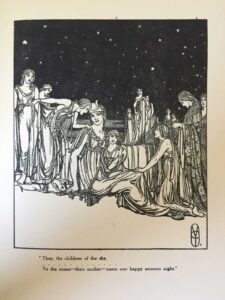
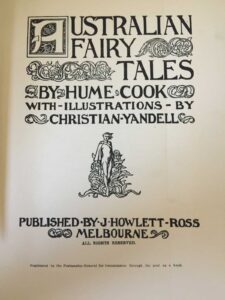
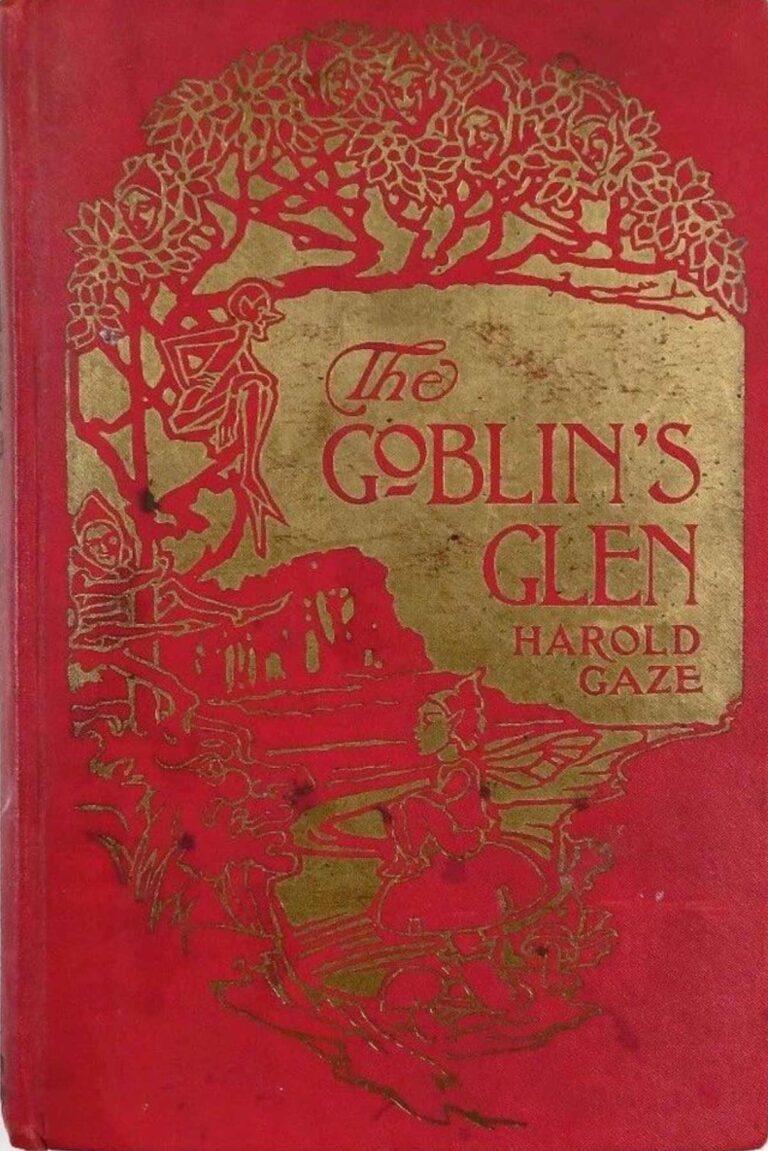


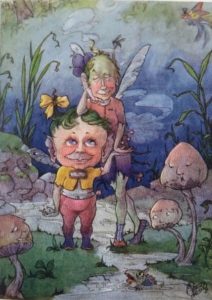



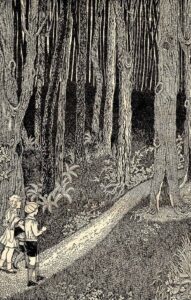
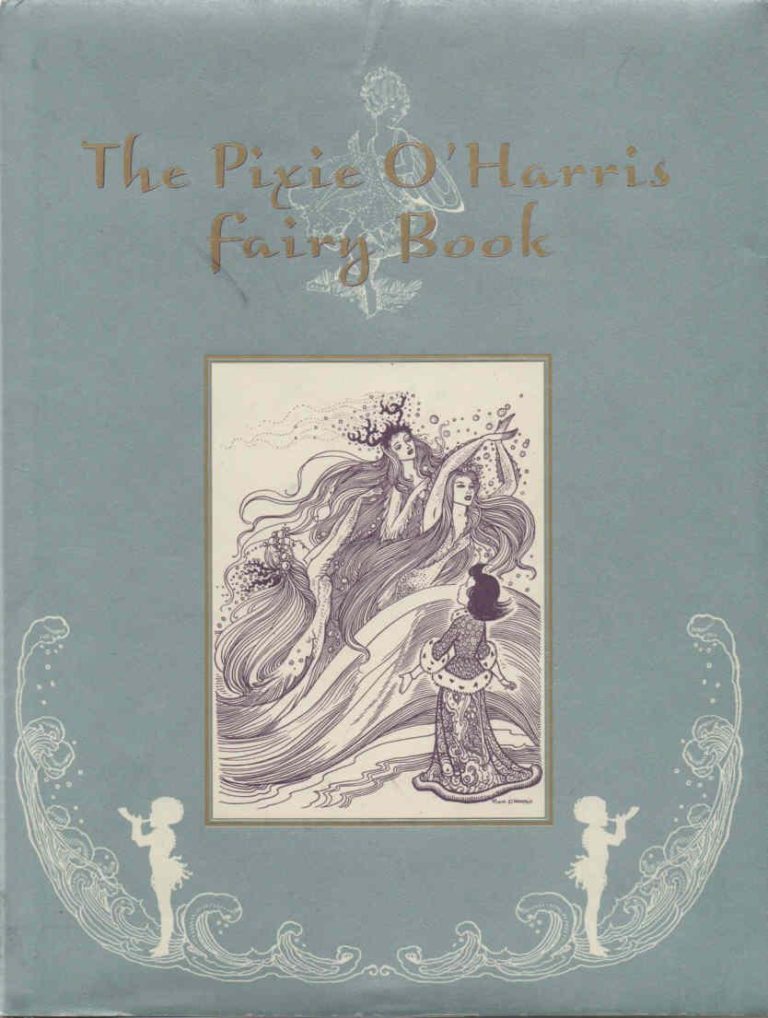


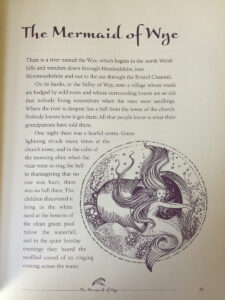
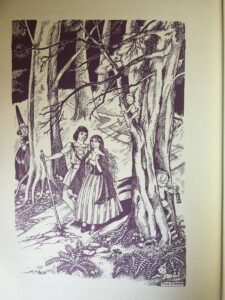
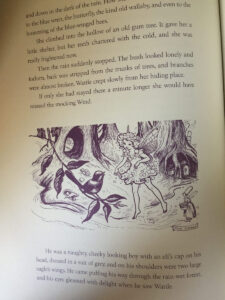


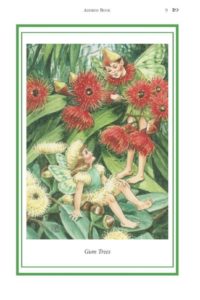
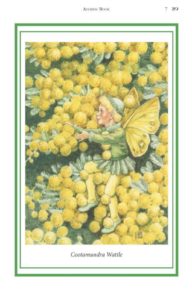

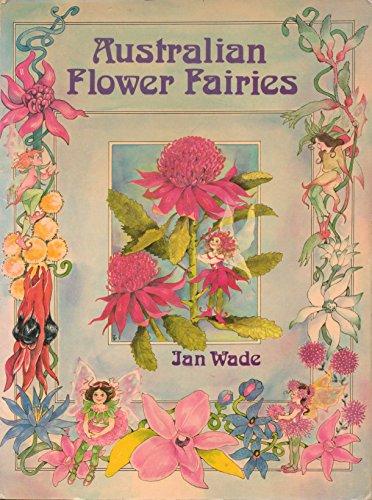

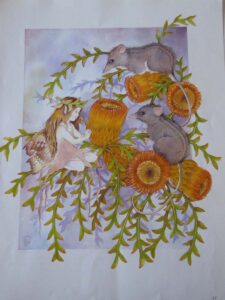

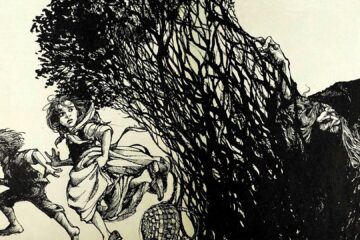


3 Comments
Andy · 30 October 2020 at 9:12 pm
Fans of Ida Rentoul Outhwaite can see most of her published material on ‘The Collecting Bug’ website.
This is the link to the Ida section:
http://www.thecollectingbug.com/idarentoulouthwaite/?1
” Ida Rentoul Outhwaite: The Queen of Fairyland “
Daisy · 4 November 2020 at 2:23 pm
Thanks so much for sharing the collection Andy! I adore Ida’s work, and the site you have linked contains many beautiful and rare items, fantastic!